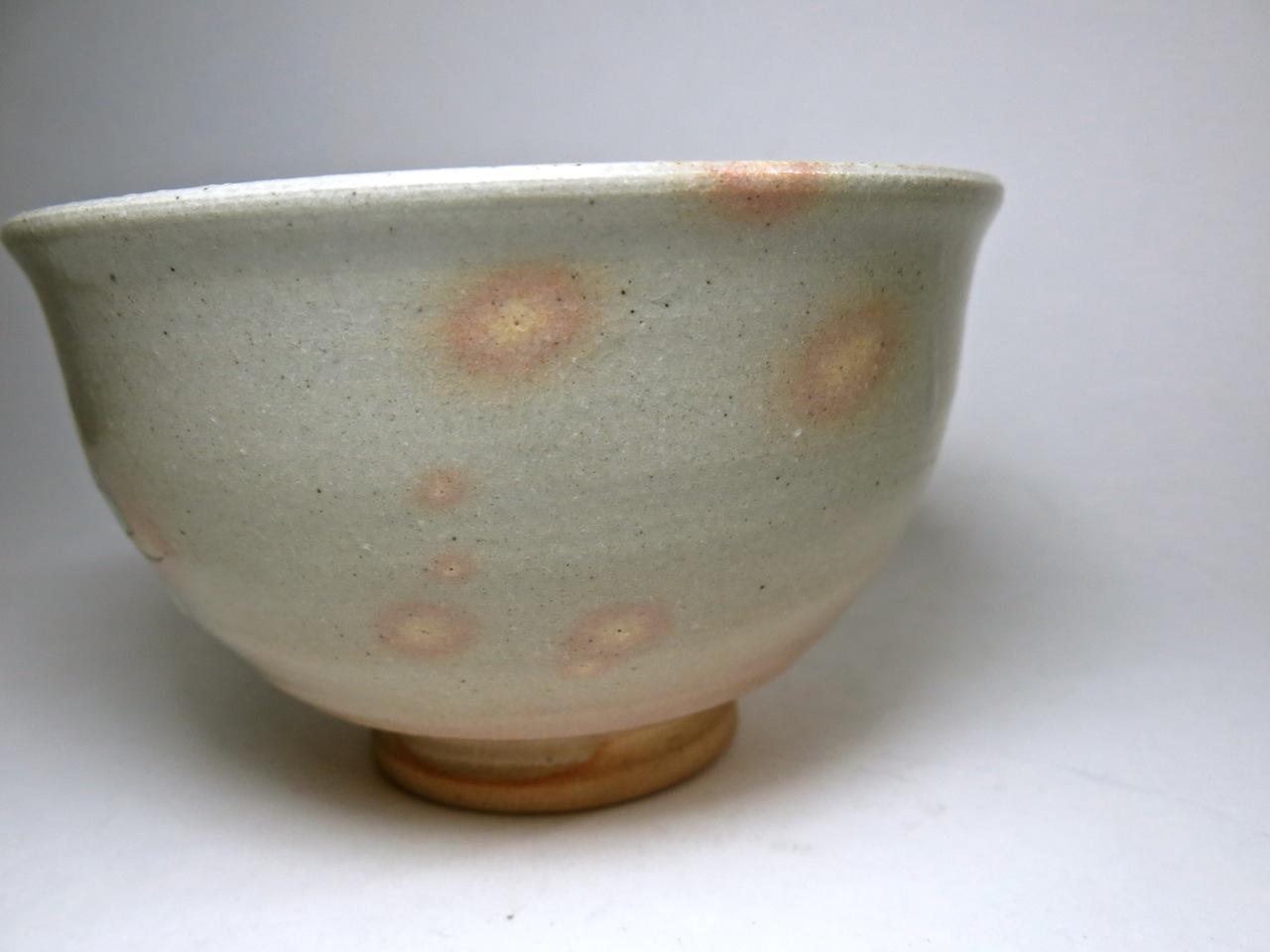knowledge base
In this page, we collect interesting facts, trivia and other bits & pieces of information that we think you may find useful or fascinating.
ikebana
tea
incense
pottery
This is a matcha tea bowl that is deeper than what we are used to seeing. It is a "tsutsu-gata chawan" (筒形茶碗) ...literally "cylinder-shaped tea bowl". It is a winter tea bowl normally used in Dec~Feb. The deep bowl keeps the matcha warm as it is served to guests.
How to say “Happy New Year” in Japanese.































